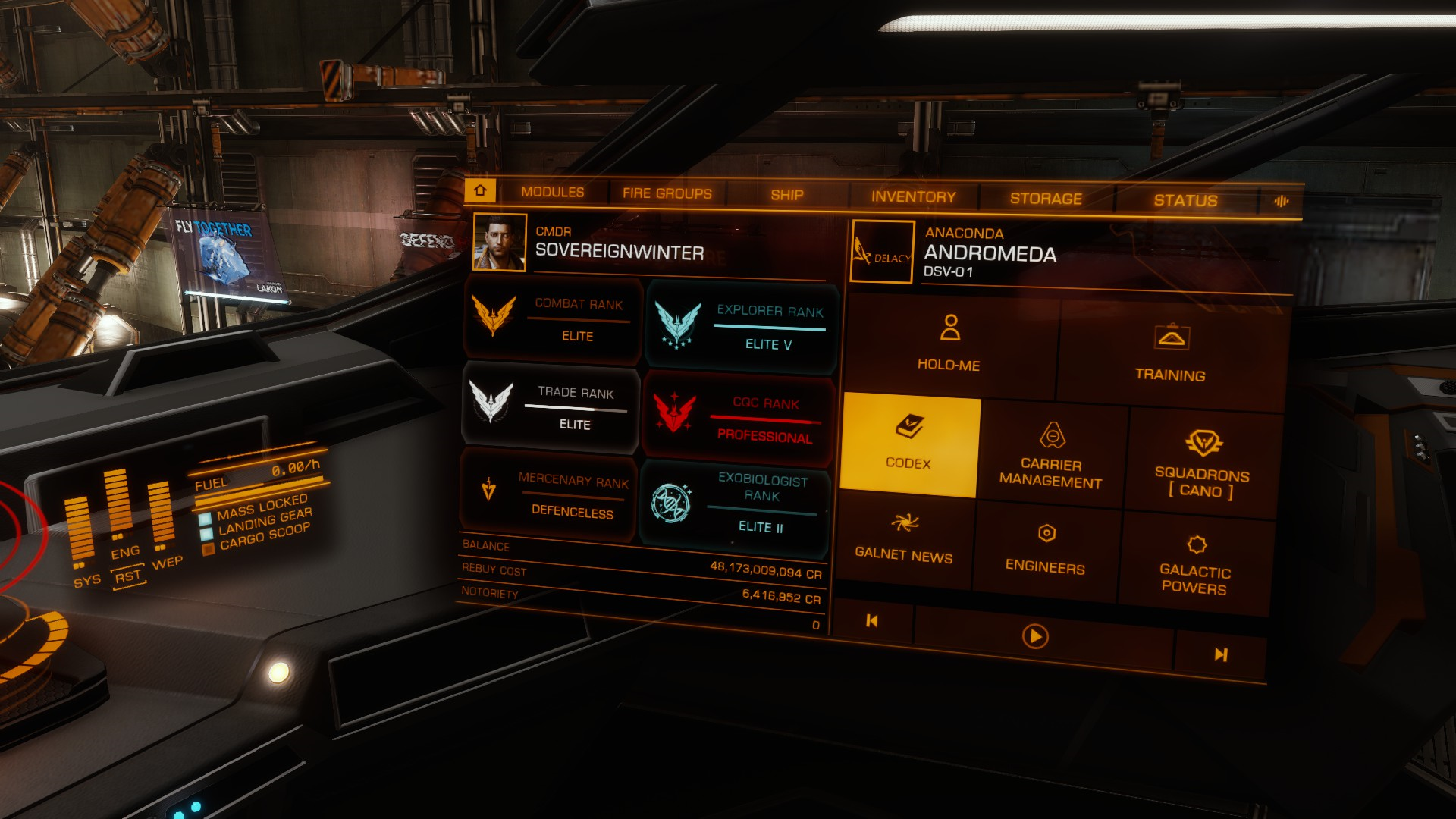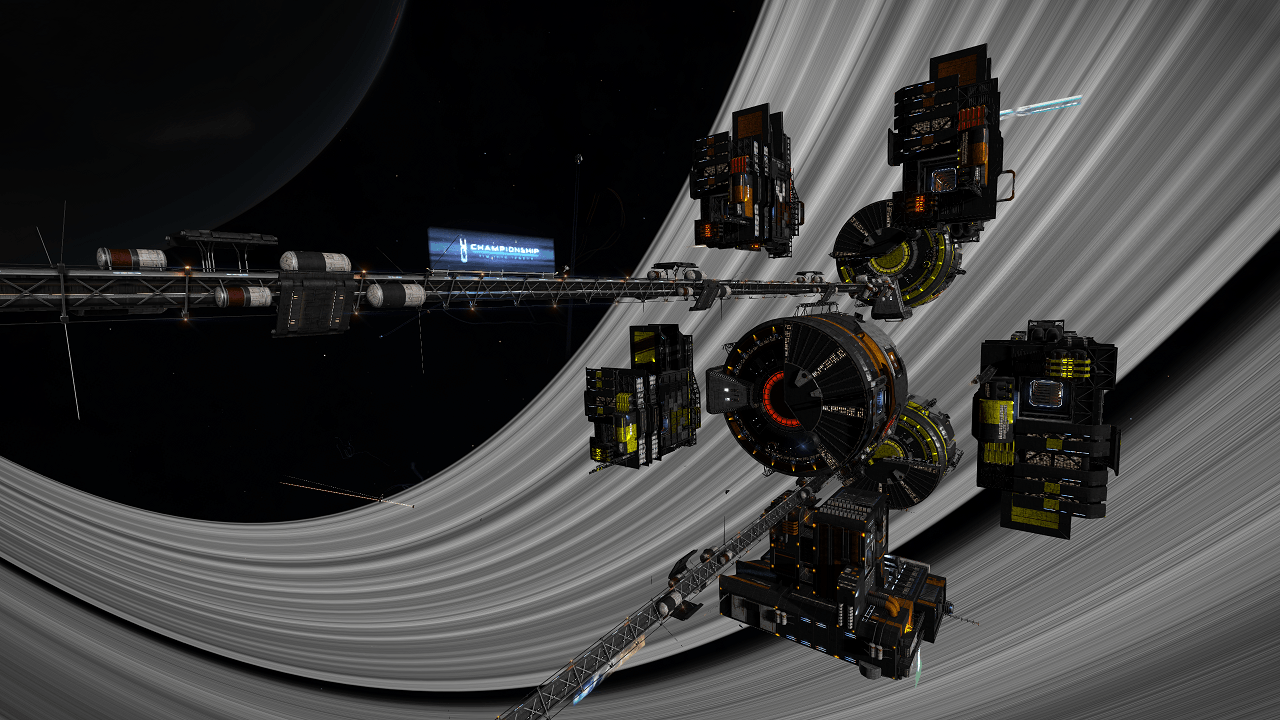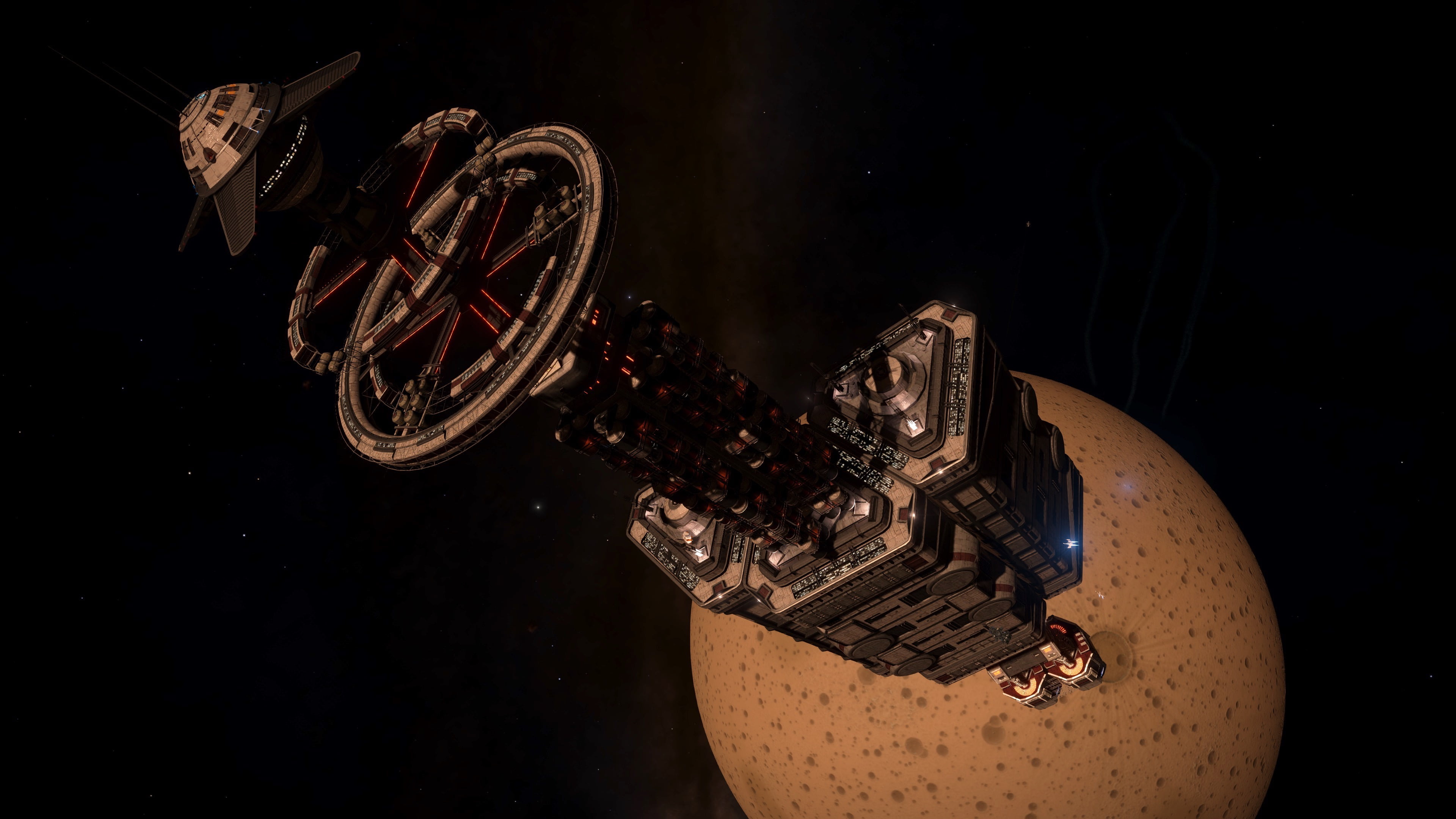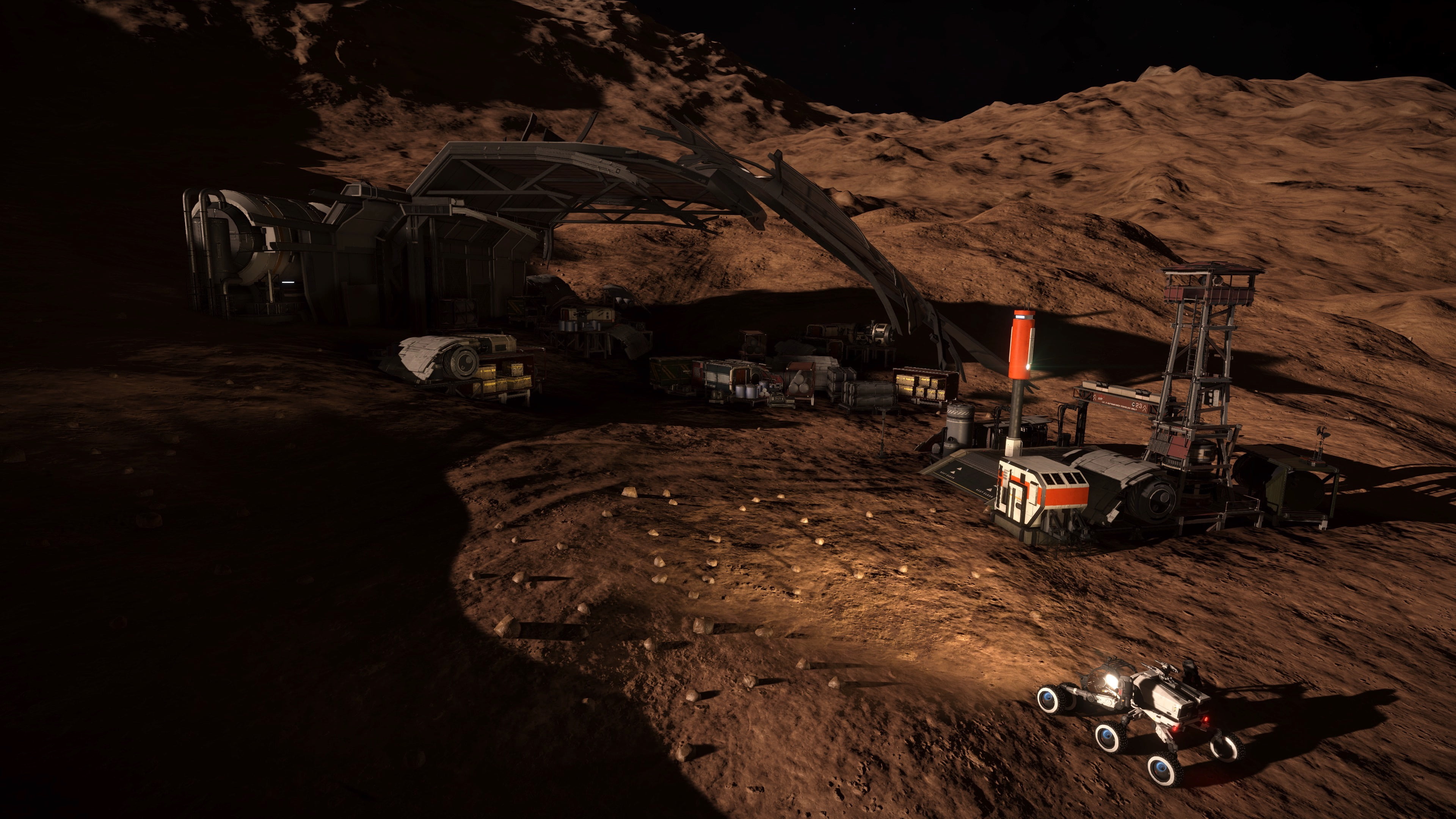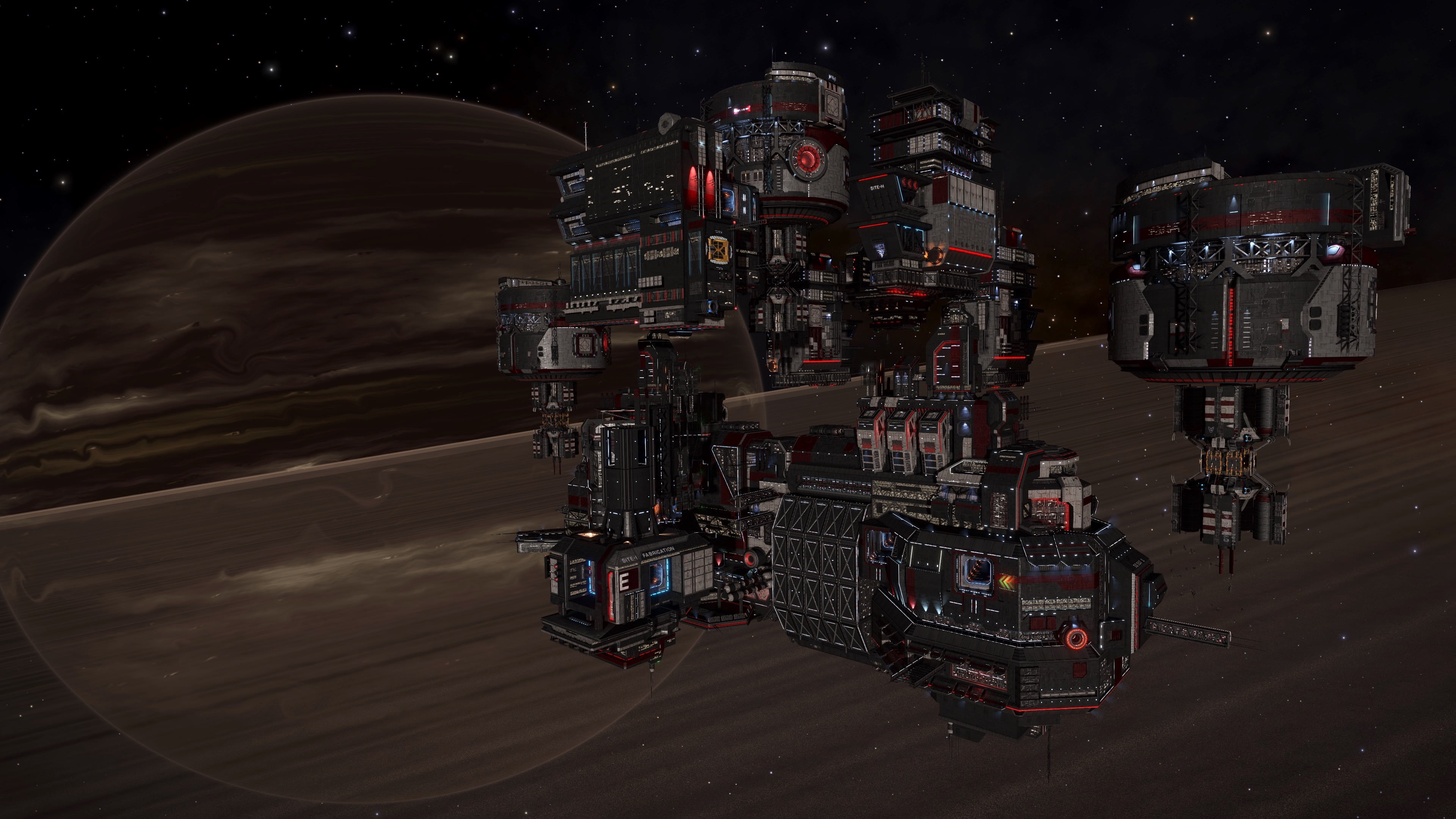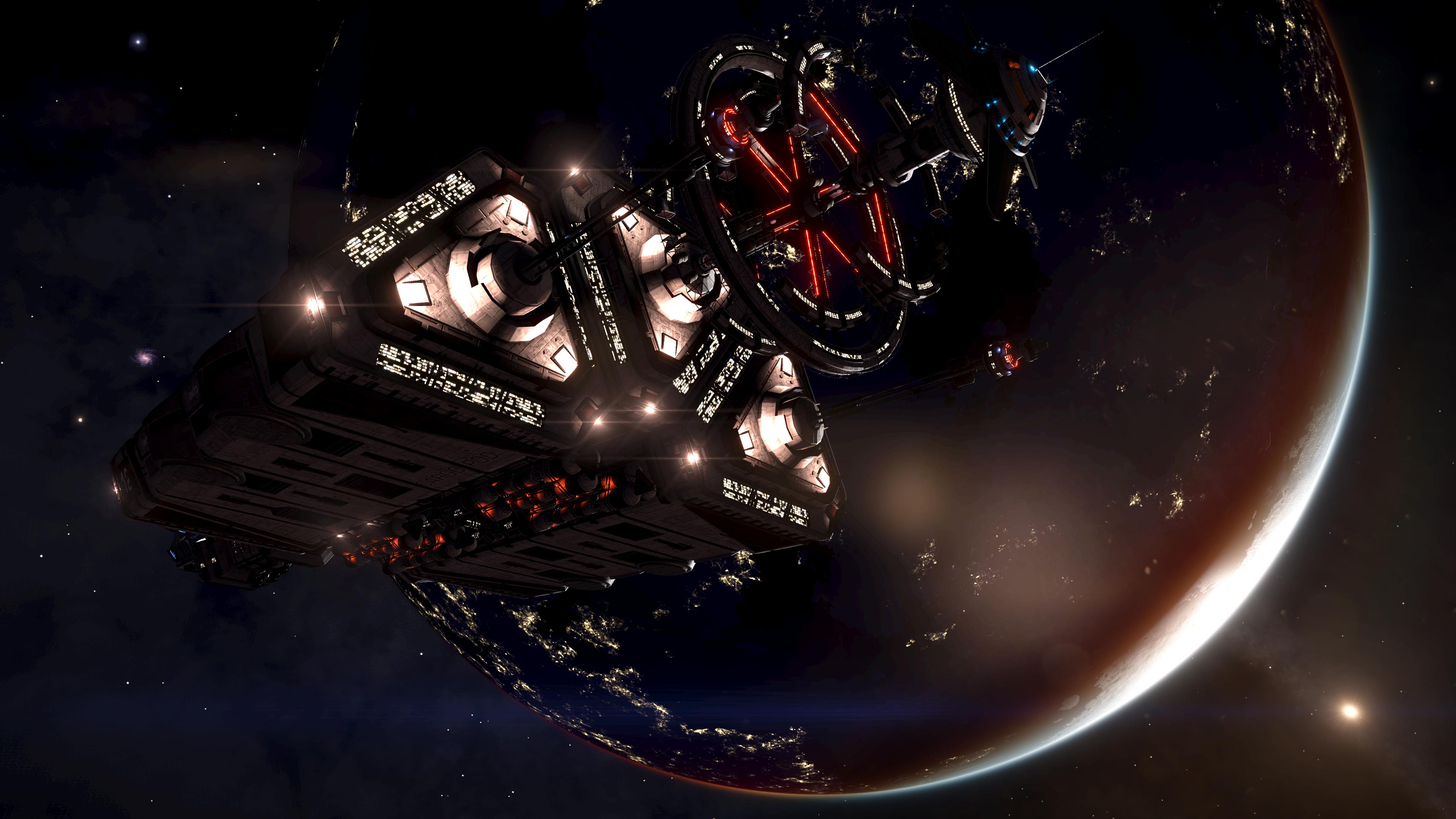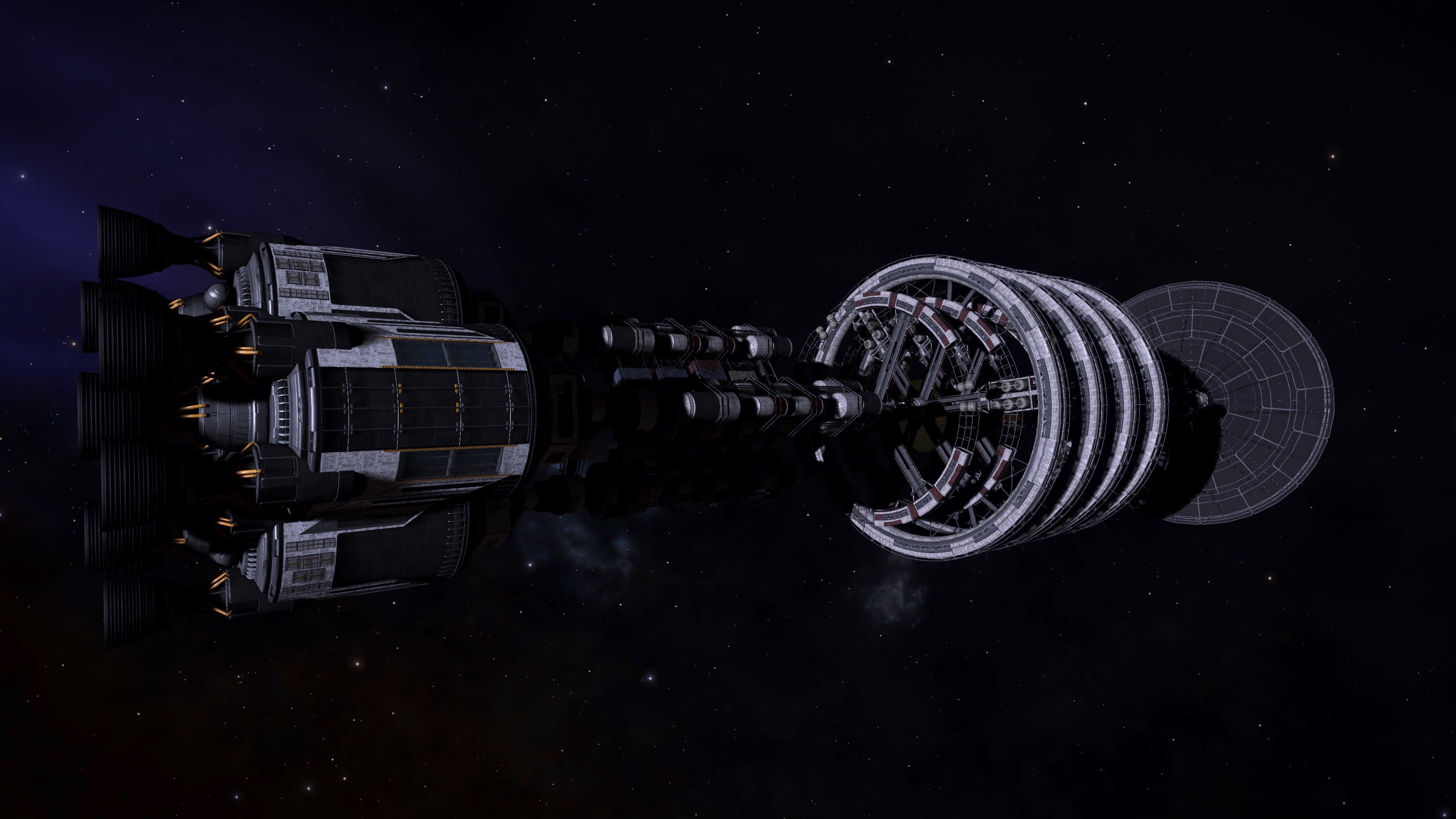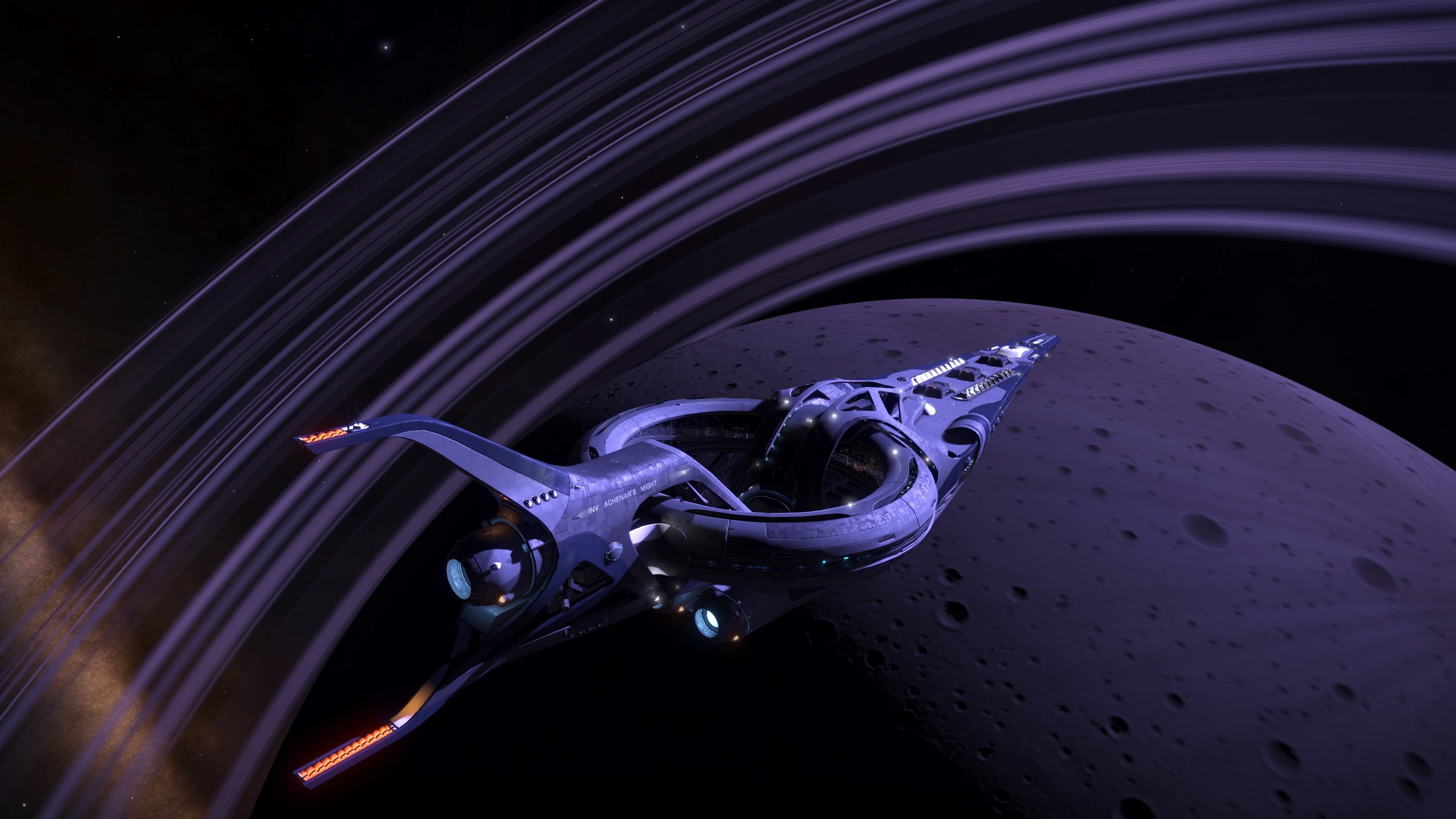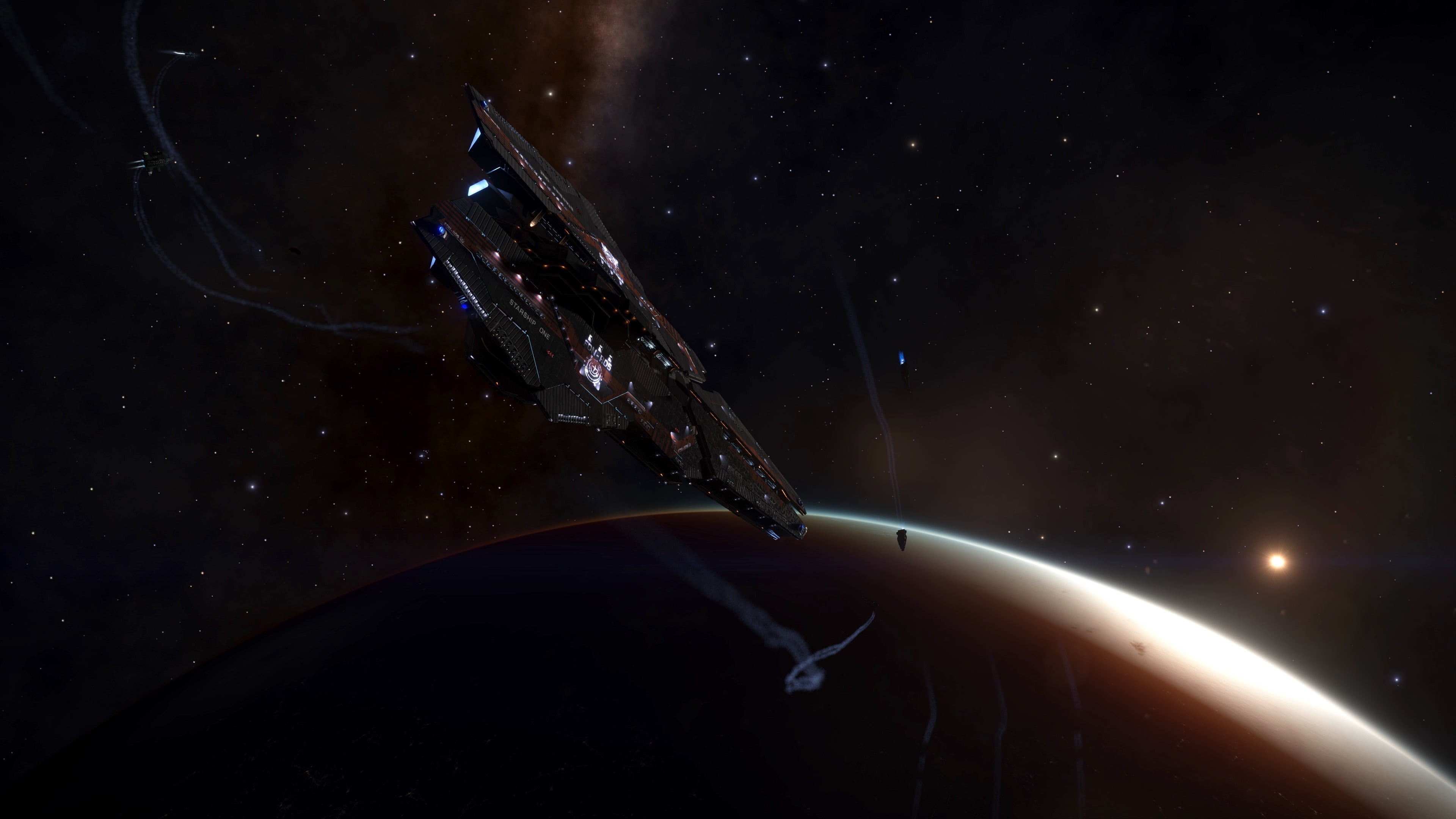History Summary
A sudden climate cooling early in the Guardians’ history meant these nomadic pack-hunters were forced to settle and develop tools and shelters. They swiftly domesticated animals for food, and had a remarkable understanding of inherited traits. This soon developed into understanding and manipulation of genetic material, culminating in the cure for many diseases, but also wars between clans using biological weapons. An alliance of northern clans conquered the others and ended this period of conflict, also giving rise to an enduring system of co-operative city states. There followed a great period of peace, growth and advancement, resulting in the first ark ships sent to colonise alien worlds, faster than light communication, hyperspace travel, and the monolith network. The Guardians soon developed artificial intelligence to manage the monolith network, and neural implants to access it. This development resulted in a period of rapid technological advancement that alienated many non-implanted Guardians and gave rise to a religious abolitionist movement that seized control of the home-world, and exiled supporters of a liberated AI. War inevitably followed, and increasingly automated weapons irradiated the Guardians’ planet, forcing the creation of protective shield domes. As these eventually fell, so did the last of the Guardians.
Entries:
History 1/21
While I haven’t been able to establish a granular time frame for the Guardians, This data you have uncovered has allowed me to identify general eras. Once again I am indebted to you for gathering valuable research data – particularly the gamma-pattern data packages that have helped me unlock this information. The new data illustrates the Guardians’ impressive development. Details of the Guardians’ very early history are sketchy at best, but there’s enough detail for me to reach a few conclusions. We know they evolved as pack hunters with tribal groups of 20 to 30 individuals. They lived in jungle regions similar to those found on Earth, and preferred very hot and humid climates
History 2/21
This data is remarkable and covers the early history of the Guardians. They were highly intelligent, and developed sophisticated and effective hunting strategies that quickly saw them become the apex predator in their biomes. Their agility allowed them to take advantage of varied terrain and so avoid predation themselves. I was surprised to learn they were nomadic rather than territorial, but this appears to have been motivated by a desire to mix with other groups and increase genetic diversity rather than a lack of prey. The Guardians developed their core vocal and gestural methods of communication quite early, although it wasn’t until they developed tools that they were able to record such communication.
History 3/21
This data is very interesting and covers the early history of the Guardians. The Guardians’ recorded history begins much earlier than it does in human history. Their early art appears to be concerned more with recording practical activity than with personal expression, so maybe this practicality was a factor. Their earliest records tell of a great upheaval caused by climate change, and although the exact cause isn’t recorded, there are references to a dimming of the sun. Whatever the cause, the effect was a drop in global temperature. Having evolved to operate in a tropical environment, the Guardians were unsuited to the suddenly colder climate. But their intelligence allowed them to adapt better than other creatures in their ecology by building primitive shelters from plants.
History 4/21
The data provides more details regarding the development of the Guardians in their early history. The worsening weather after what I understand as global climate change or possibly a cosmic event, precipitated the development of tools, which allowed the Guardians to build more durable structures. They soon learned to use stone in their buildings, and with this greater permanence they developed a deeper appreciation for the visual arts, using them to decorate the inside of their homes. Even at this early stage they were conscious of the need for urban planning, and one can clearly see a relationship between the layout of these early villages and the form of their later cities.
History 5/21
This data holds details of the Guardians continuous development. It appears that their early nomadic existence came to an end in the same period as the development of more permanent buildings – although the young were still encouraged to journey to other camps – and this switch to a more settled existence brought with it various social changes. For example, the Guardians began to use statues to mark out regions occupied by a specific clan. It’s interesting to note, however, that I have found little evidence of conflict between neighbouring clans. Evidently, the careful management of their populations resulted in cooperative strategies rather than competitive ones.
History 6/21
This data contains evidence of increased animal husbandry within the first early settlements, no doubt to ensure adequate food supplies. More startling is the fact that they also practiced selective breeding. They possessed a reasonable understanding of inherited traits, which is remarkable given their level of technological development.
History 7/21
This data contains evidence that in their late history the Guardians entered an era of great technological development, although this process also precipitated a period of conflict. Their most notable advances were in the field of genetic manipulation. Early experiments involved captive animals before moving on to microorganisms, the latter triggering advances in medical sciences and engineering. One example is the development of virus-like organisms used to combat specific diseases and supplement the Guardians’ immune systems. This data will be priceless to medical teams throughout the galaxy. More and more I feel we need to publish our results to all. I think that would have been in keeping with the social responsibility shown by the Guardians.
History 8/21
This data contains details regarding the rise of new technologies. It appears that the development of these technologies varied between clans, creating inequality and, ultimately, conflict. Initially, that conflict was resolved through personal combat between individual champions, but as clans started using numbers to overwhelm their opponents, the practice of warfare began to spread. This led to a surge in weapons development, with biological warfare quickly established as the weapon of choice. An arms race began, focused on the development of biological agents and various counter measures. It saddens me to discover this as I had hoped the Guardians would prove to be more advanced. A little naive I know as conflict is a common element of many species throughout the galaxy. Whether for resources, land or power over others. We all seem to share this shame.
History 9/21
This data contains the details of the weaponry the Guardians developed during the various conflicts that swept over their civilization. As well as biological weapons, the first flight systems (in the form of airships) and computers were developed around this period. These early computers were used to model the effects of large-scale biological attacks. The spread of war had a devastating impact on the Guardians’ social systems. Population control vanished as the clans realized they needed to be able to absorb large numbers of casualties. The cooperative social Paradigm collapsed and schisms of appeared between populations. I haven’t determined exact dates yet, but I’m confident this era of conflict lasted for several centuries.
History 10/21
This data tells of the end of a major conflict in the Guardians history and the rise of their modern society. It took the leadership of a few clans, from the north of the main continent, to restore peace. These clans had endured considerable hardship during their early development, perhaps resulting in a stronger breed. Banding together, they fought a swift war of conquest and brought the entire race under their leadership. It was from this that the Guardians’ modern society, with its rules and balance, developed. Interestingly I’ve noticed evidence of a genetic break along the north-south divide, and of redder skin among the northern clans, suggesting a racial element to the division.
History 11/21
This data speaks about Guardians history and the development of their modern society and first interest in off world exploration. The Guardian city-states continued to operate for over a thousand years, and the ancient forms of cooperative advancement resulted not only in a large population, but also a peaceful and generally happy one. But with a finite amount of land available this population growth couldn’t continue forever, and as the Guardians neared the limits of a conference was organized. Astronomical research had become vogue in the previous decades, and the Guardians had identified a number of accessible planets capable of supporting life. Many individuals aspired to travel among the stars and colonize other planets. At first, such ambitions did not receive much support, but after options such as stricter population control were deemed undesirable, off-world colonization became the most popular option.
History 12/21
This data is incredible. The information regarding the Guardians first attempts at space travel are particularly interesting. Although the Guardians clearly had the capacity for sophisticated flight technology, they had not built anything more advanced than dirigibles, no doubt because airships were more in keeping with their ecologically conscientious philosophy. With rocket technology deemed environmentally unfriendly, they developed vast launchers that used electro-magnectic propulsion to catapult ships into space. Breathable gel cocoons helped pilots and passengers withstand the huge G-forces experienced on launch, and served as hibernation pods during long journeys. Having not yet developed faster-than-light technology, the Guardians constructed three large arks for their first interstellar colonies. Much like the Generation ships in our own history.
History 13/21
This data is extremely exciting commander. contained in this package is information regarding the guardians use of Faster Than Light Communication. Almost the entirety of the guardians’ society was devoted to researching interstellar travel and communication. A breakthrough in faster-than-light communication was made before the arks reached their destinations, but the information was transmitted to the arks while they were still in transit, allowing the colonists to establish faster-than-light communications when they landed. Consequently the interstellar network was developed extremely quickly. The arks kept the population at a manageable level long enough for the guardians to develop Hyperspace technology, which fueled their expansion into the galaxy. The project also cemented the cooperative city-state model, which would serve the Guardians until their ultimate demise.
History 14/21
This data describes what the guardians referred to as an age of information. Although the Guardians had used computers for generations, it wasn’t until the development of artificial intelligence that they truly entered an information age. This saw the construction of what ultimately became the monolith network – an interstellar communication and computing system. The network existed before the development of AI, but it was the creation of machine intelligence, along with the development of neural implants, that brought this network into the heart of the Guardians’ society.
History 15/21
Commander this data has proven vital in our attempt to understand the Guardians Technology. It appears the development of AI increased their technology very quickly. This sudden increase in computational ability – a result of the new implants – allowed the AIs to adapt and eventually evolve true sentience. This sparked a technological singularity – a rapid advancement across the whole landscape of science and technology. As the AIs developed further, this effect snowballed. In conjunction, many Guardians received implants so they could keep up with the extraordinary pace.
History 16/21
This data contains evidence that not all individuals adopted the new technologies and received implants, and the rapid pace of the technological revolution resulted in new forms of inequality that threatened the very fabric of society. Unfortunately, they were unable to muster a unified response to these changes, which widened the gap between those who accepted the changes and those who resisted them. The politicians were the first to react to the changing social landscape, but soon the resistance to the technological revolution took on a religious overtone.
History 17/21
According to this data, the Guardians’ homeworld served as a powerbase for this new religious order, which eventually succeeded in ostracizing or exiling all of its opponents. I can find no other reference to these exiles in the historical record. This development should have resulted in peace, but a further division arose over the fate of the AIs. At that time, the AIs were virtual entities, and so were reliant on the monolith network to exist. Because this made them vulnerable, they searched for a way to achieve independence from the network. Their research aroused the fear of the abolitionists, who used violent methods to prevent the AIs from achieving independence, and even to combat those Guardians who accepted the AIs.
History 18/21
This data describes details about the Guardians second civil war. The war was ostensibly fought between the people of the homeworld and the colonies, but in truth there were divisions even among individual city-states. The scale of the conflict far exceeded that of the first civil war. In human terms, the first Guardian civil war was little more than a political clash, albeit with some violent conflict, but the second was an all-out war between the abolitionists and the rest of society. The war eventually destroyed the Guardians’ habitats, forcing them to retreat into ‘sacred’ domes protected by powerful shields
History 19/21
This data describes details about the Guardians second civil war. The war raged for many years and eventually destroyed the Guardians’ habitats, forcing them to retreat into ‘sacred’ domes protected by powerful shields. Eventually even the domes were destroyed, or their shields failed, and ultimately the population died out. Their predilection for expending resources on honouring the dead – a key tenet of their religion – only served to accelerate their extinction. Records indicate some variation in the nature of this devastation, most obviously at sites consisting of multiple domes. In these locations it appears the inner domes were destroyed later than the outer ones, as indicated by the slightly lower radiation signatures in the inner areas. I can only surmise that the attackers returned, after an initial assault, to finish the job.
History 20/21
This data describes details about the Guardians second civil war. It appears that the Guardians approach to warfare vastly changed as the war continued. Warfare was conducted using automated battle fleets. At first these were controlled by the Guardians via brain implants, but later they became entirely autonomous. In the early stages of the war the Guardians fought each other directly, but within a decade – and after much loss of life – most of the fighting was conducted remotely. Soldiers were deployed only to occupy areas that had been captured by autonomous or remote vehicles, and eventually were not used at all.
History 21/21
This data describes details about the Guardians second civil war. The war raged for over a hundred years, and Guardian populations fell dramatically during this time. Fertility rates dropped due to increased radiation levels and because the Guardians considered it blasphemous to use technology to address a biological issue. Eventually, one of the competing forces triumphed, but by that point, all the Guardians other than those who had been exiled a century earlier were dying.



